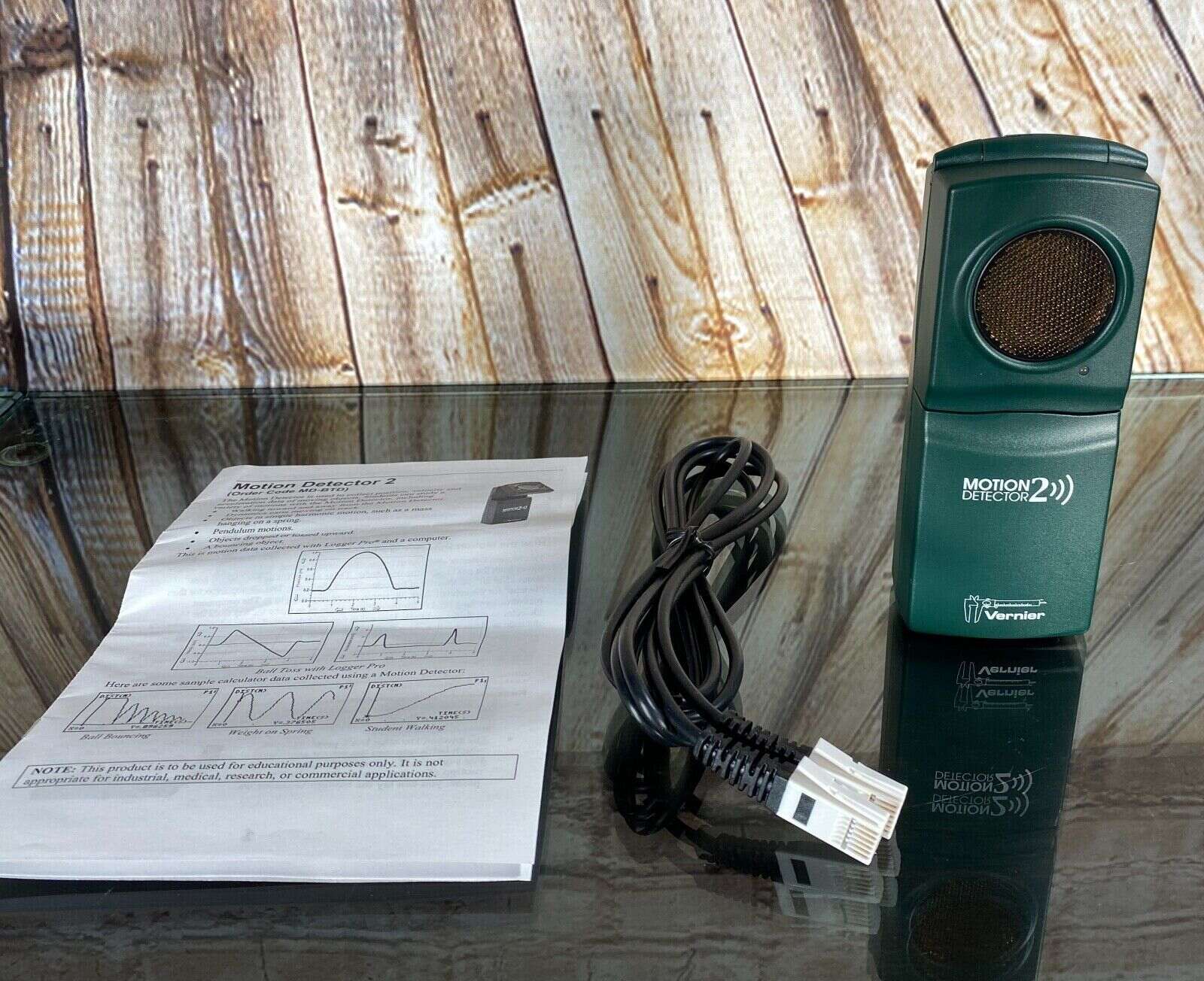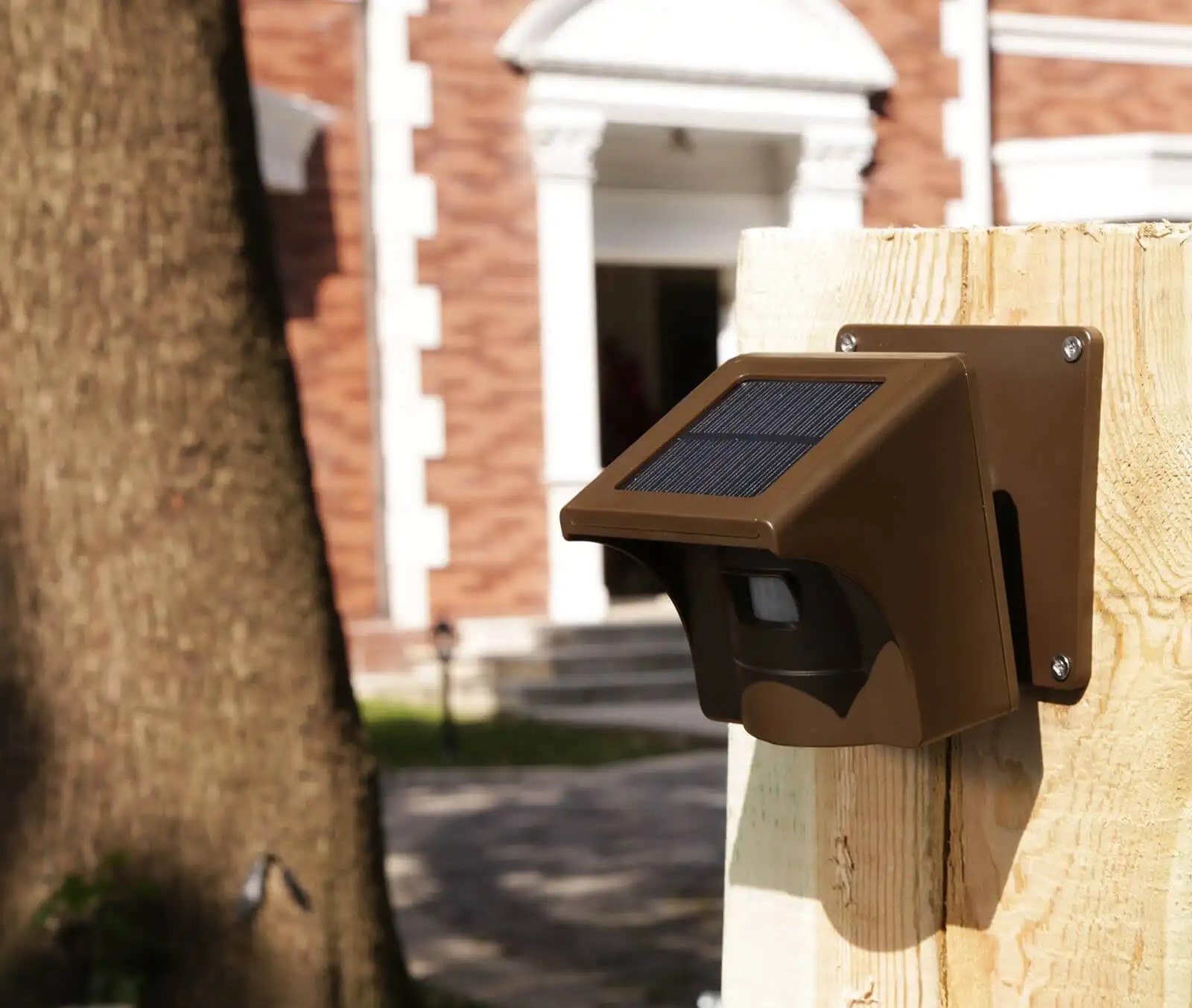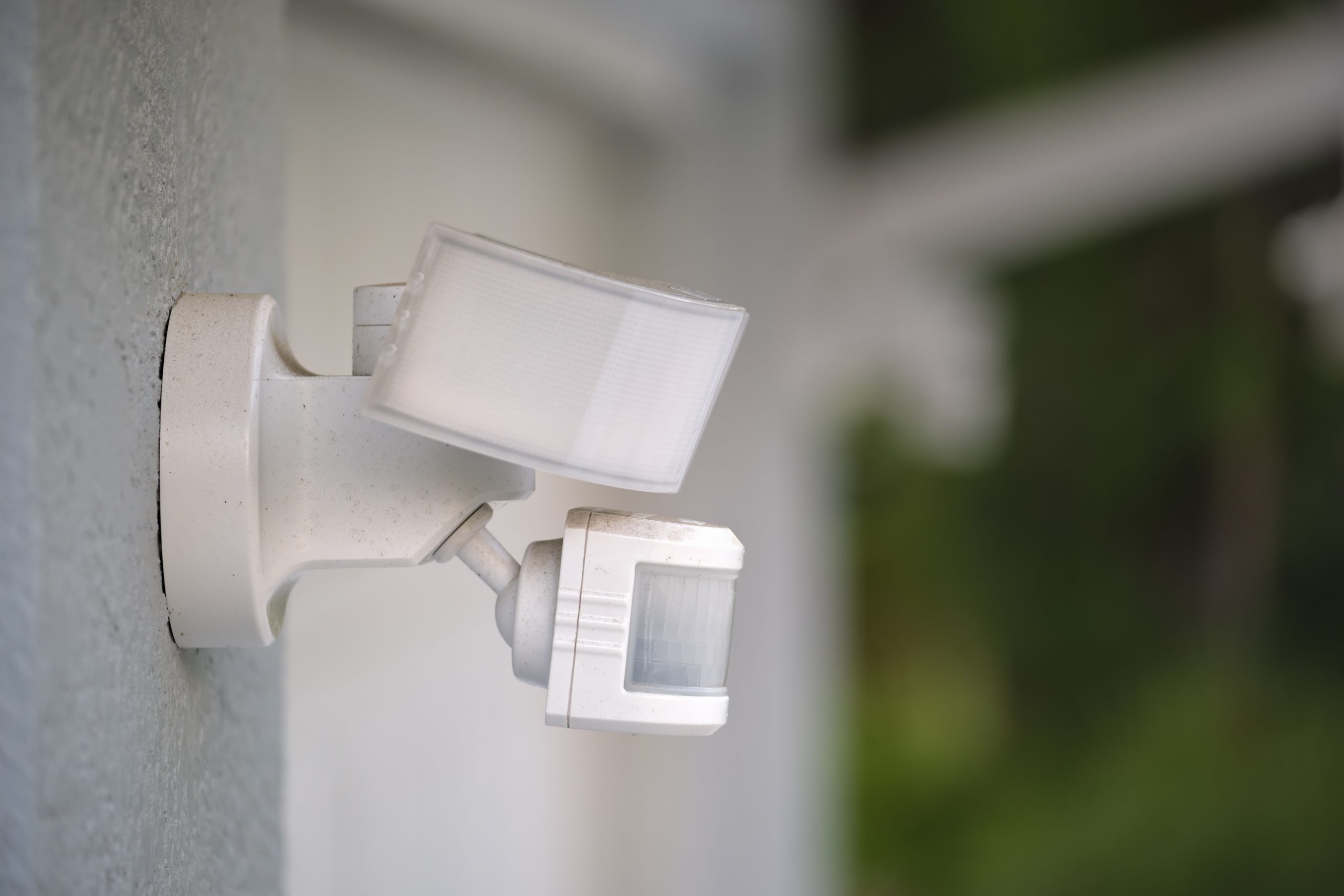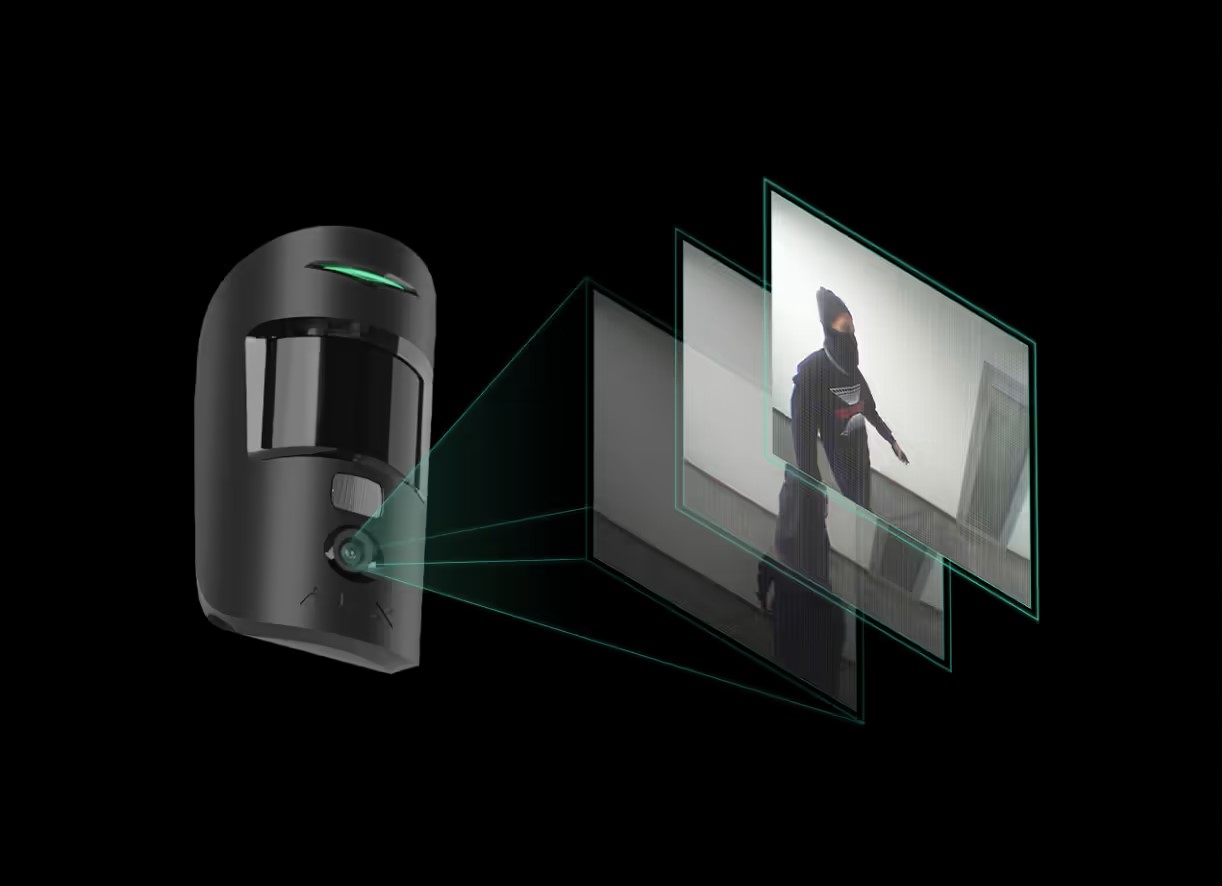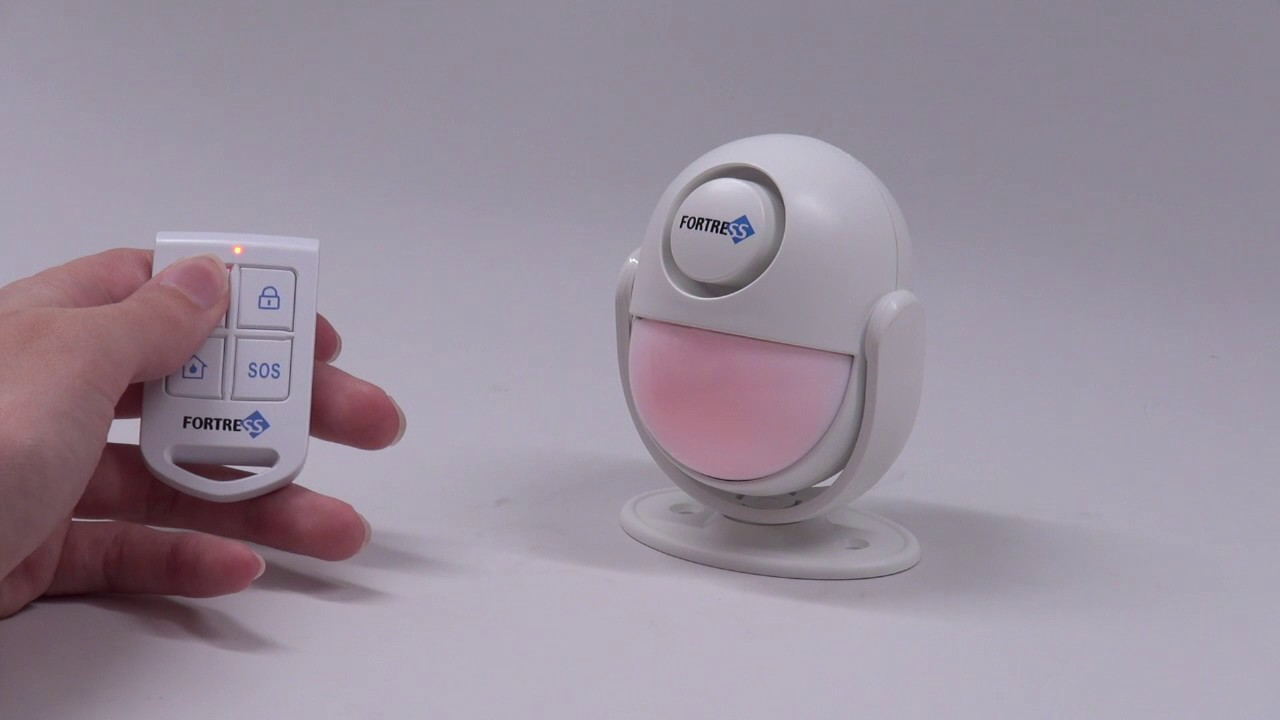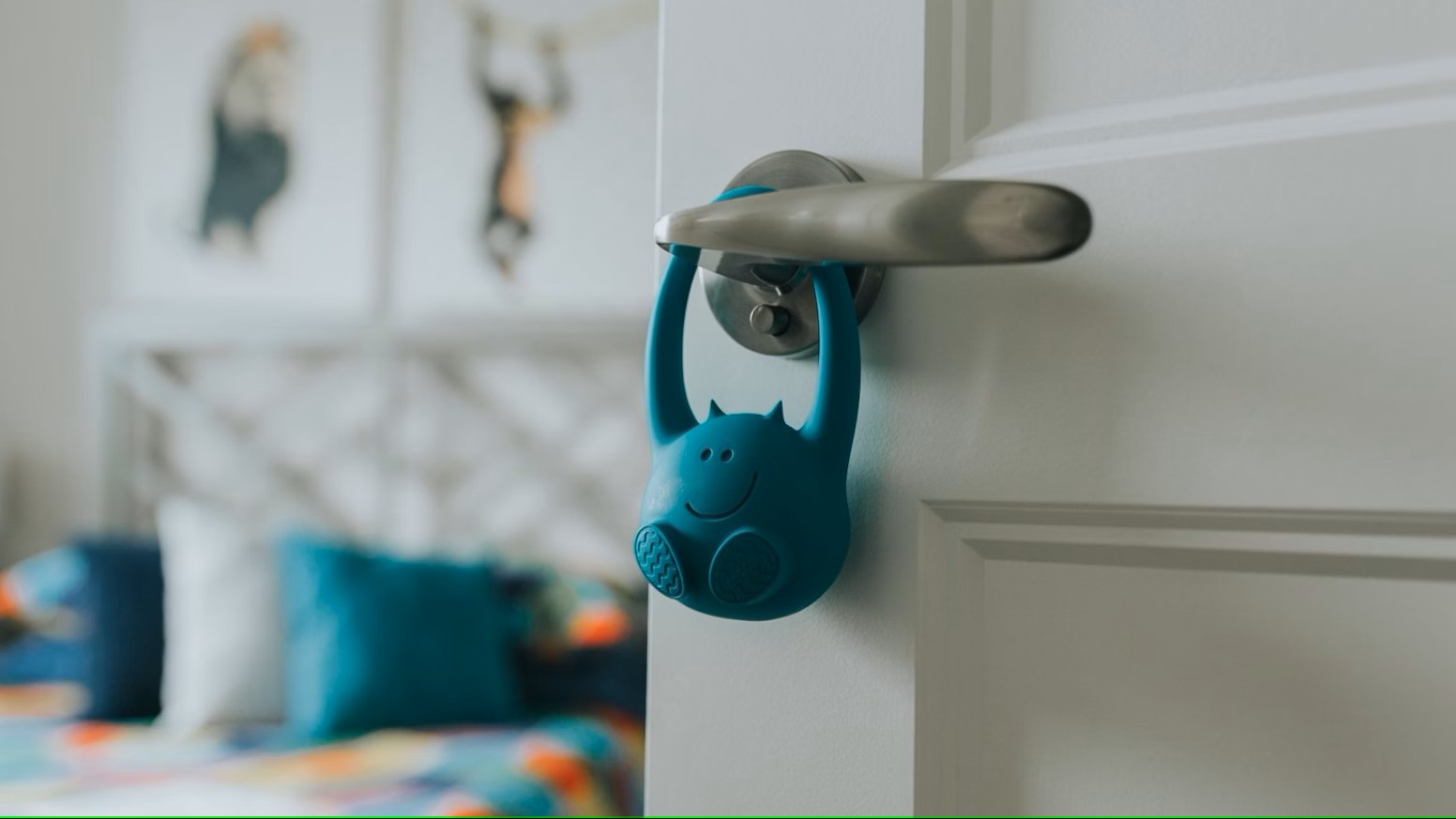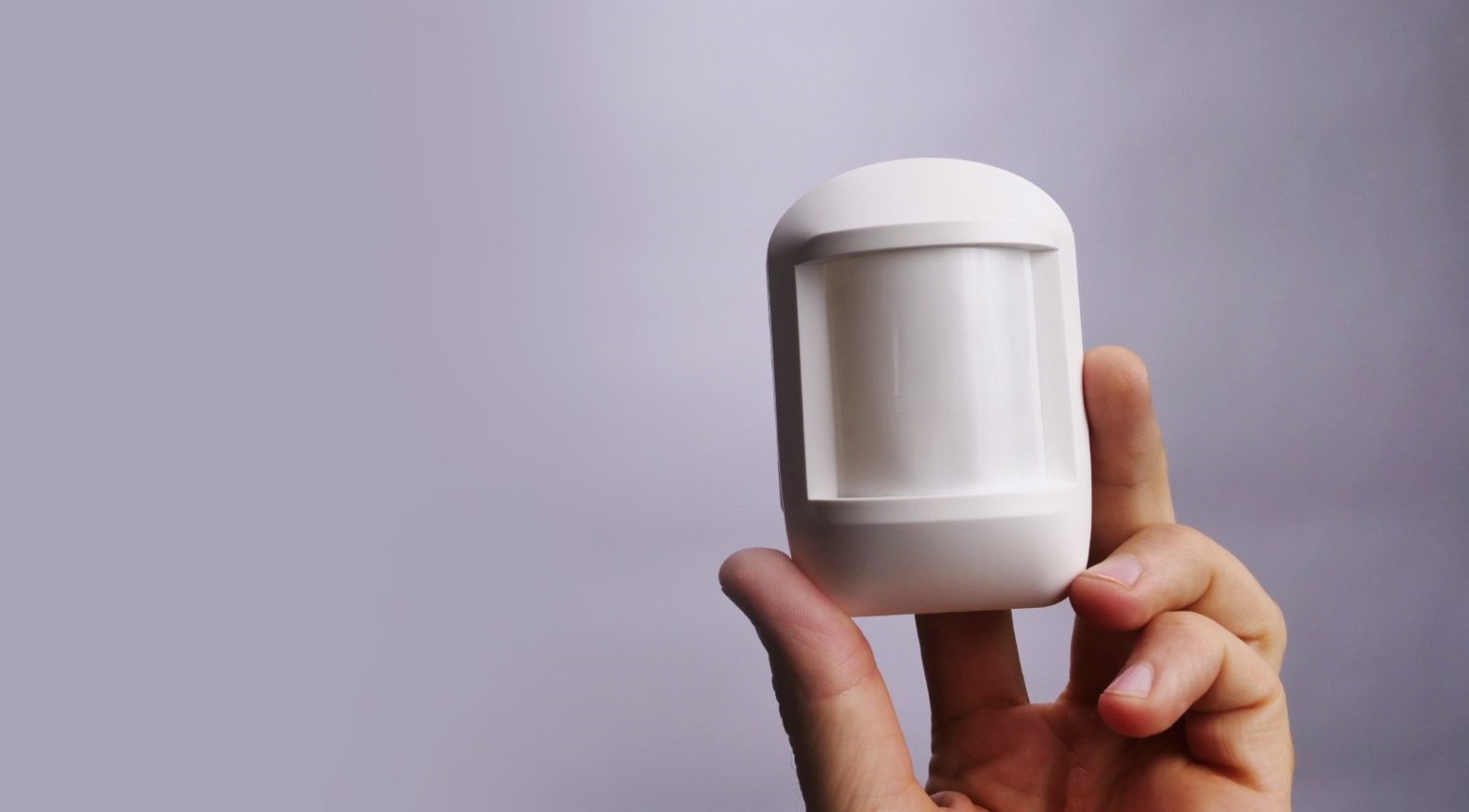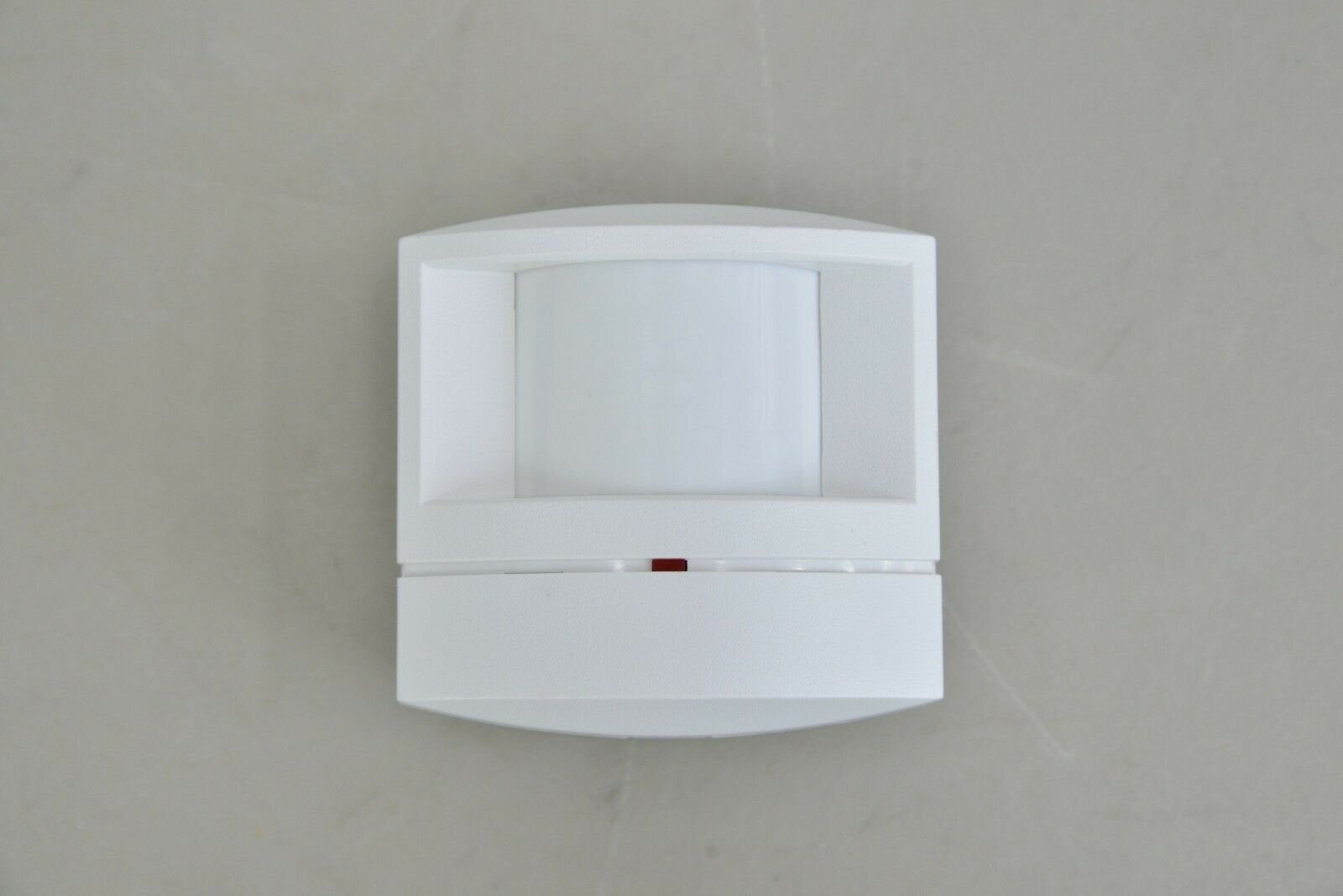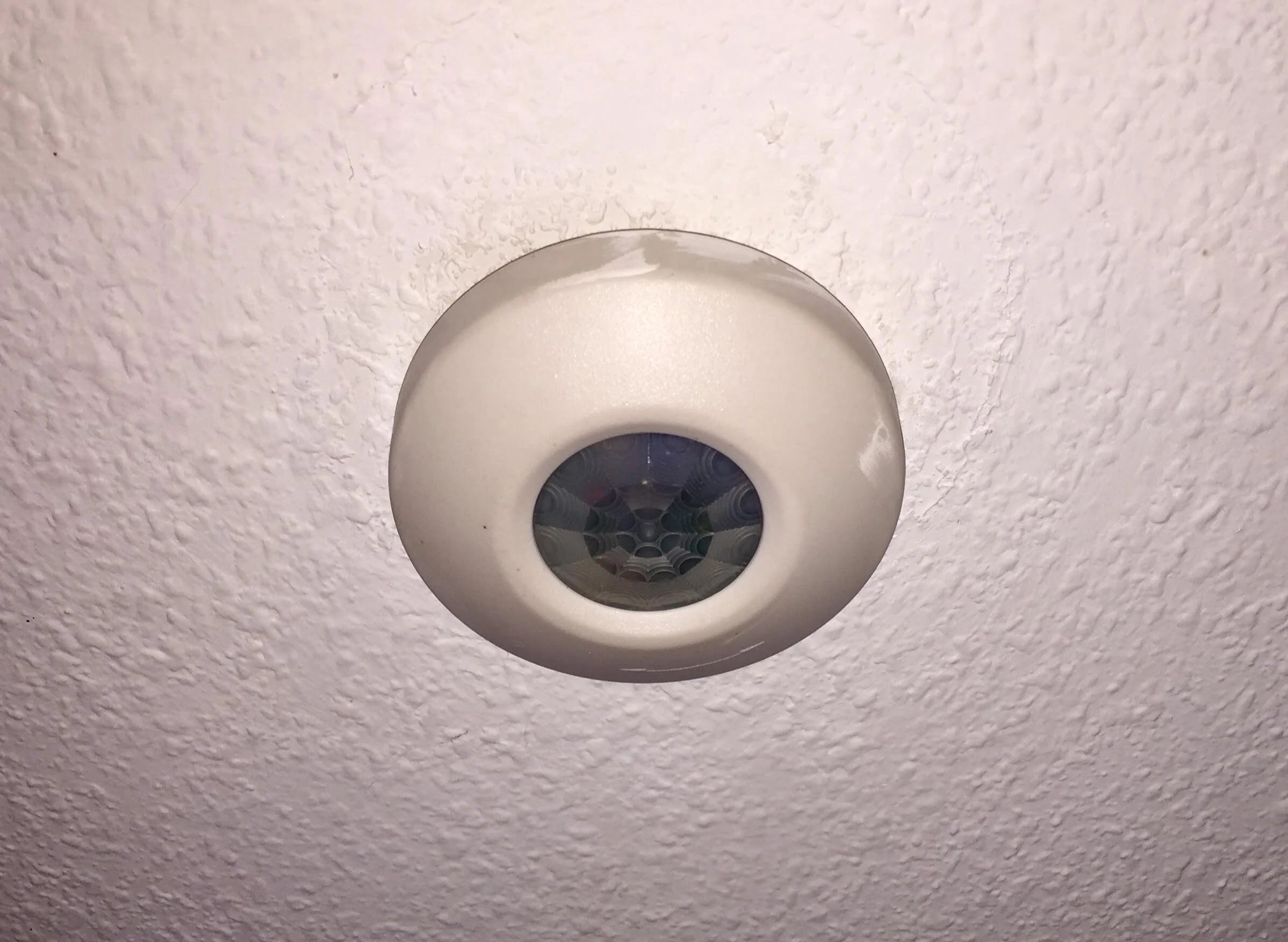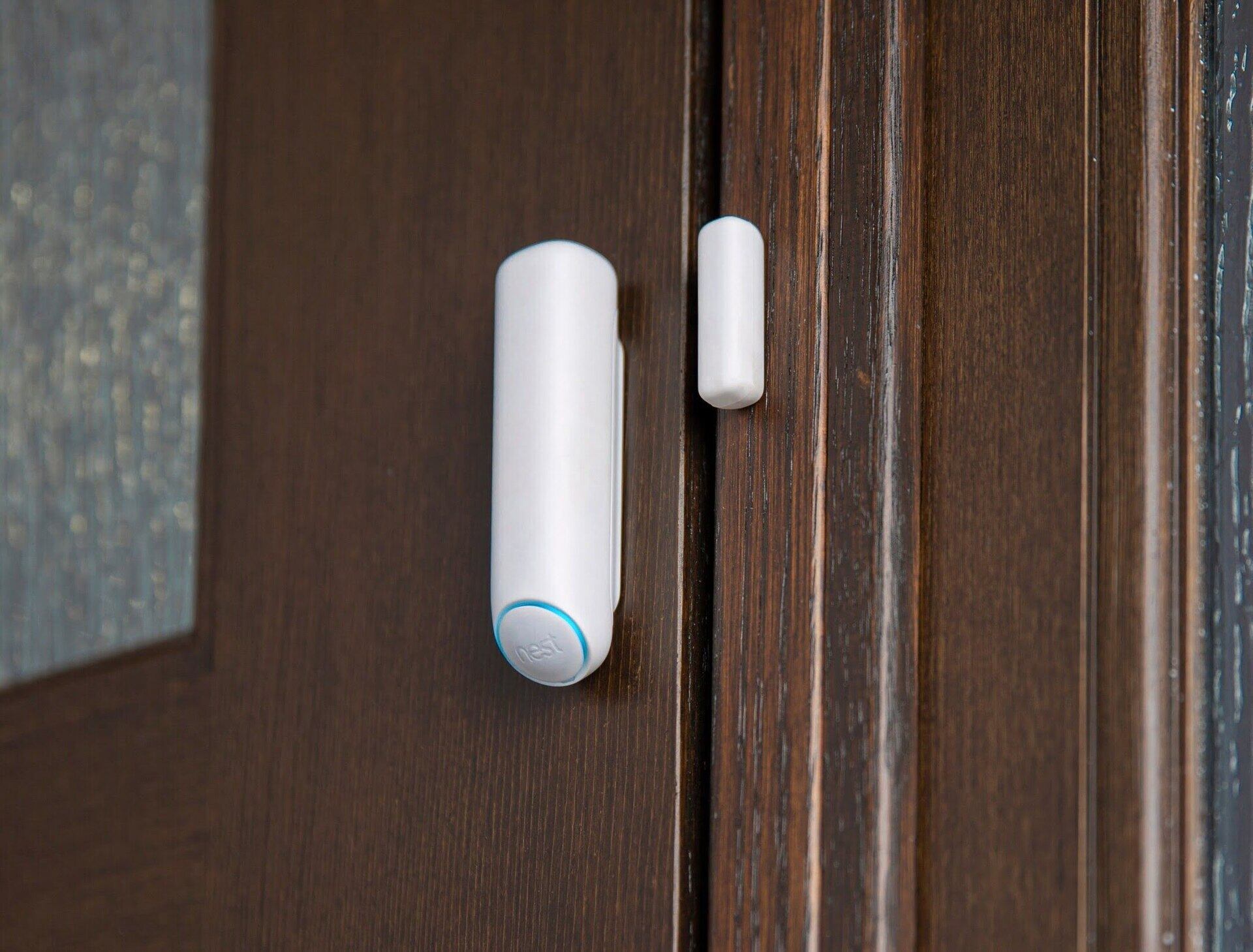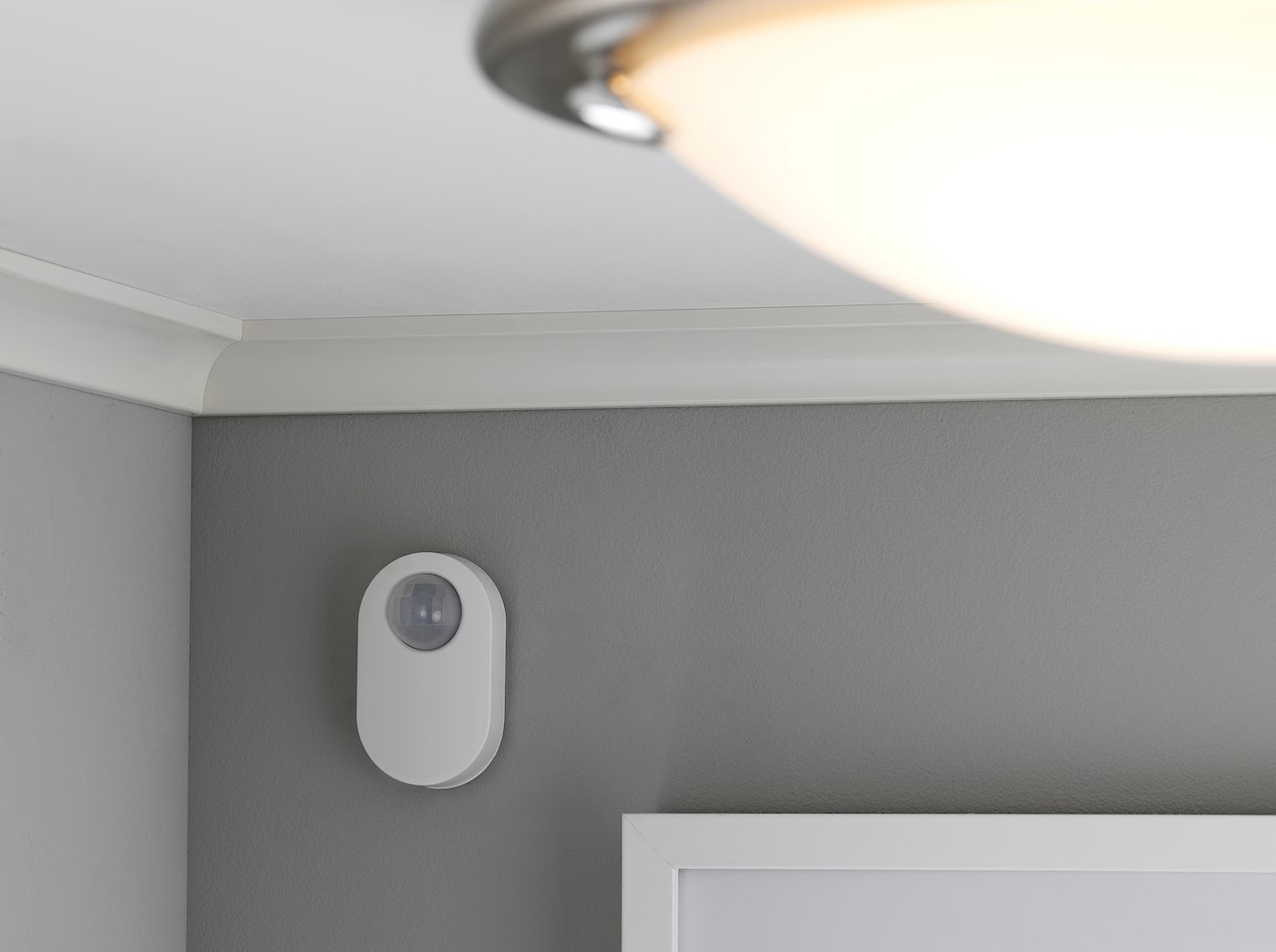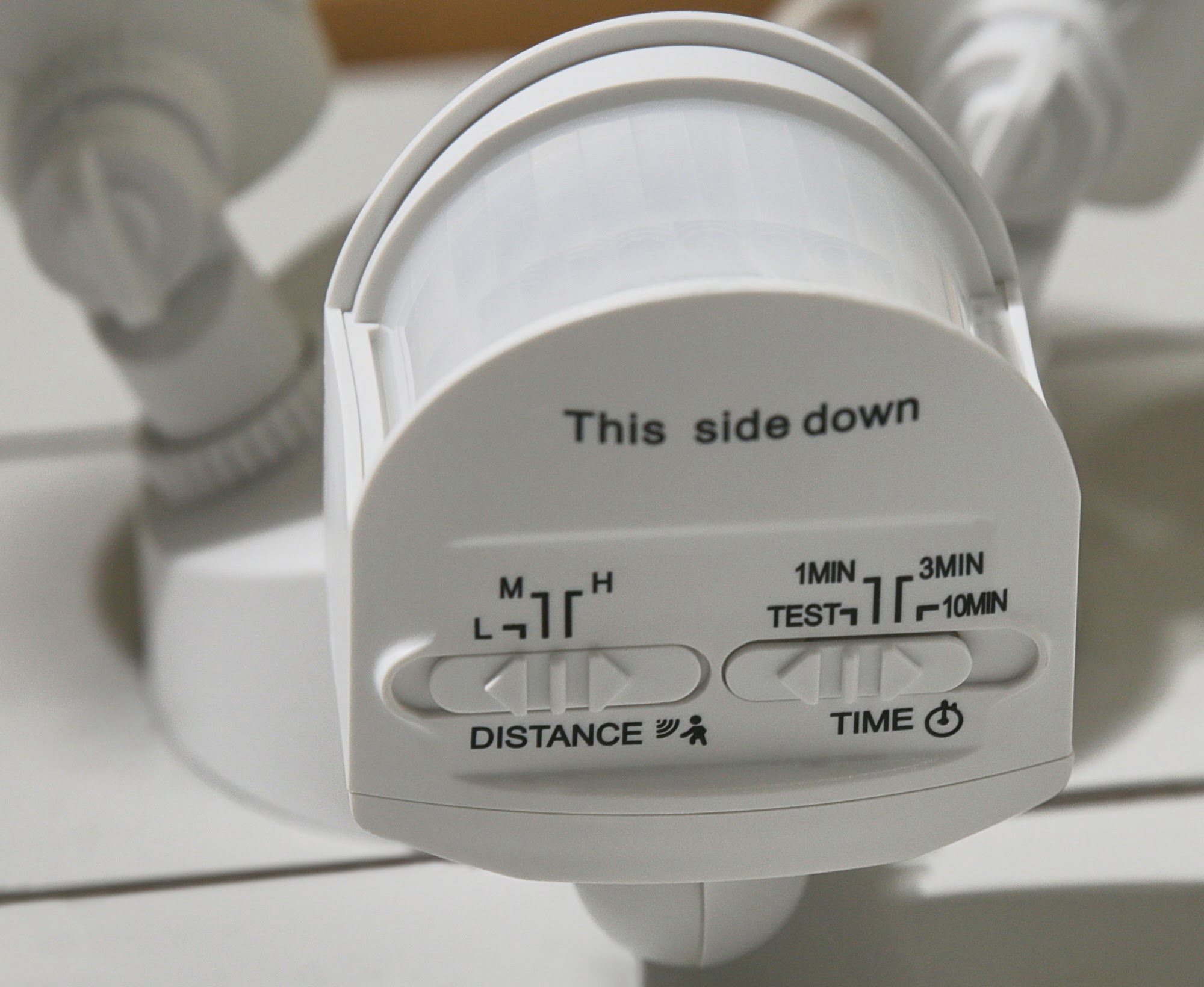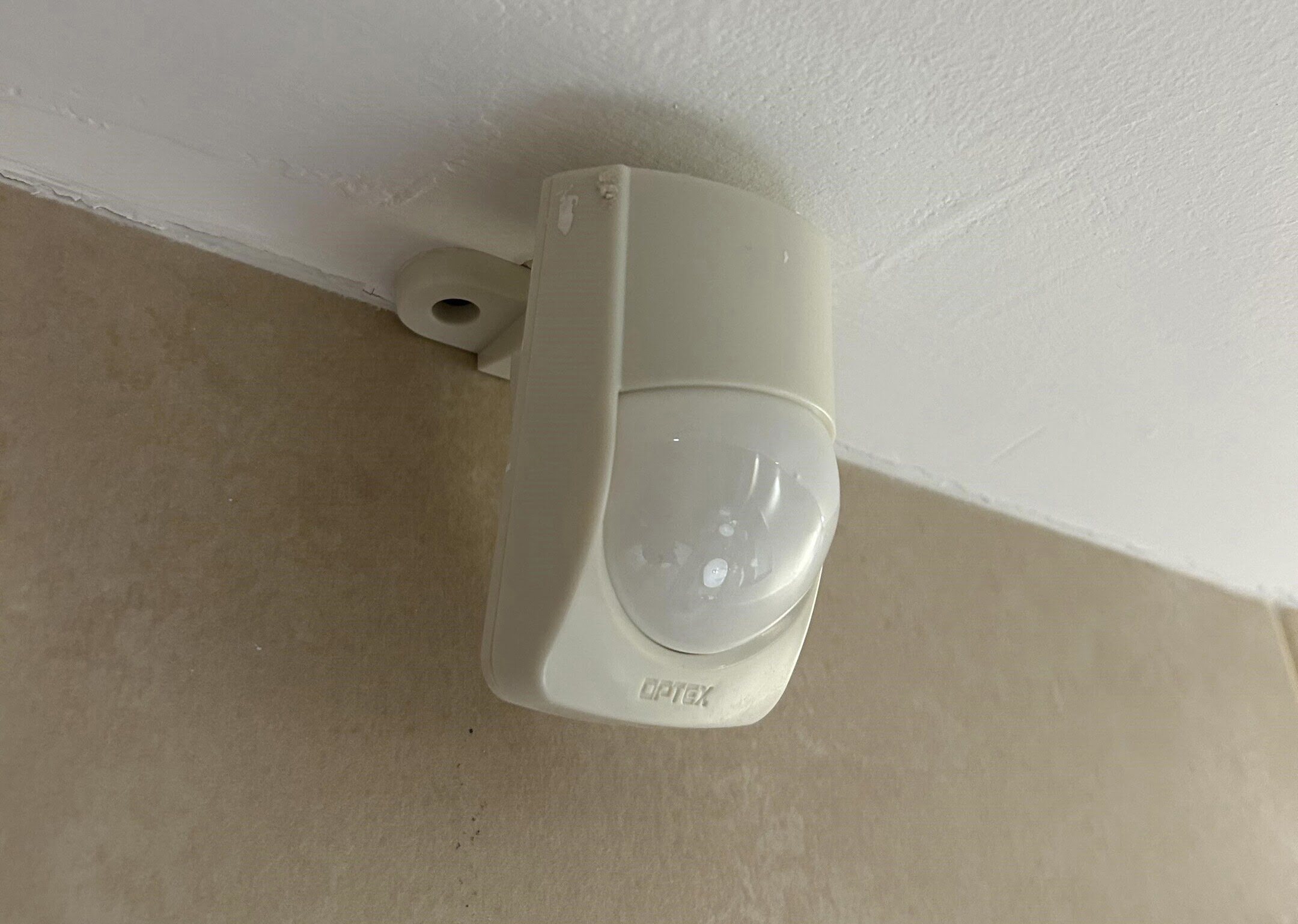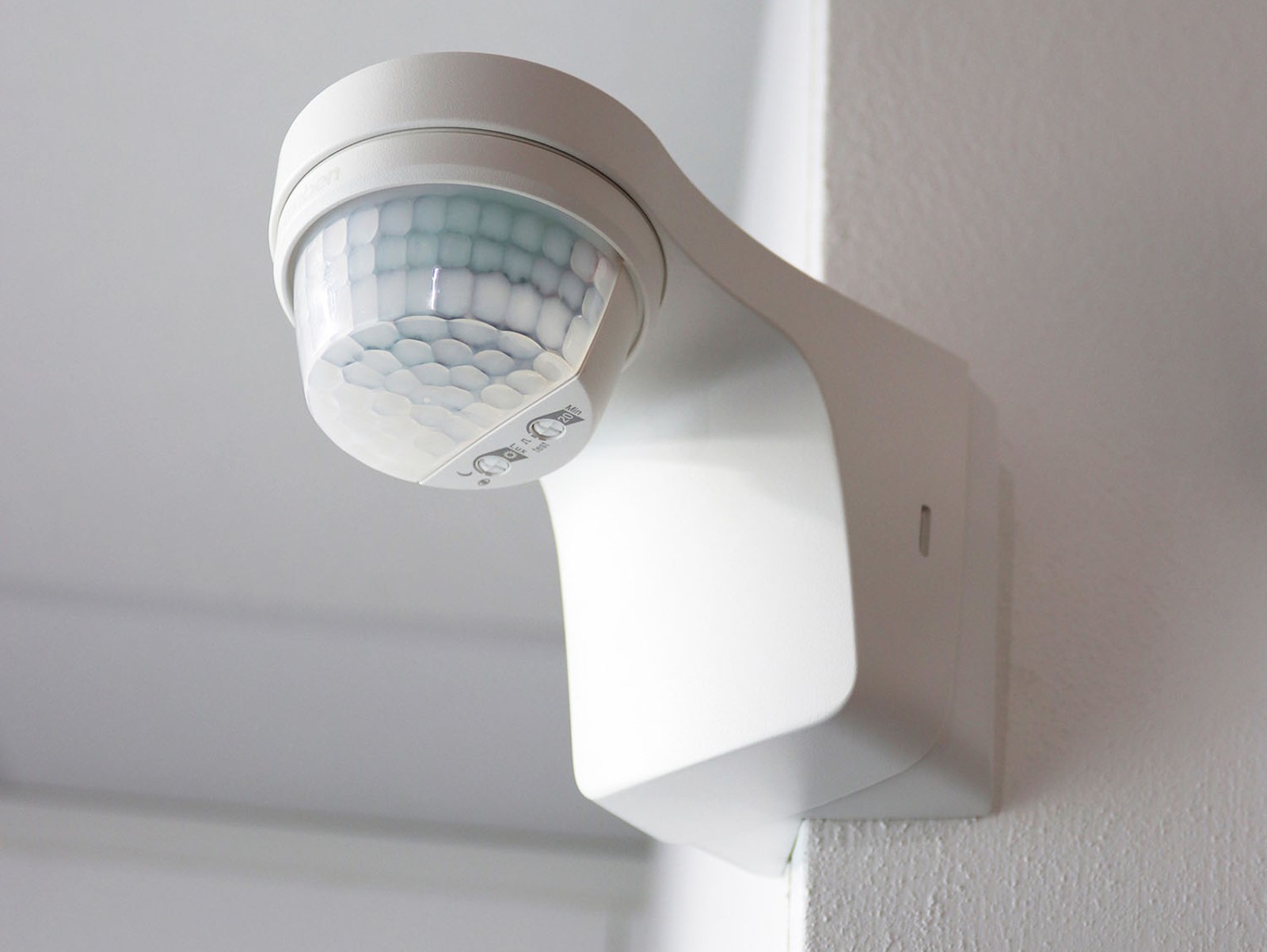Home>Home Security and Surveillance>Found Motion Detector In Rental Home: What Is This Used For
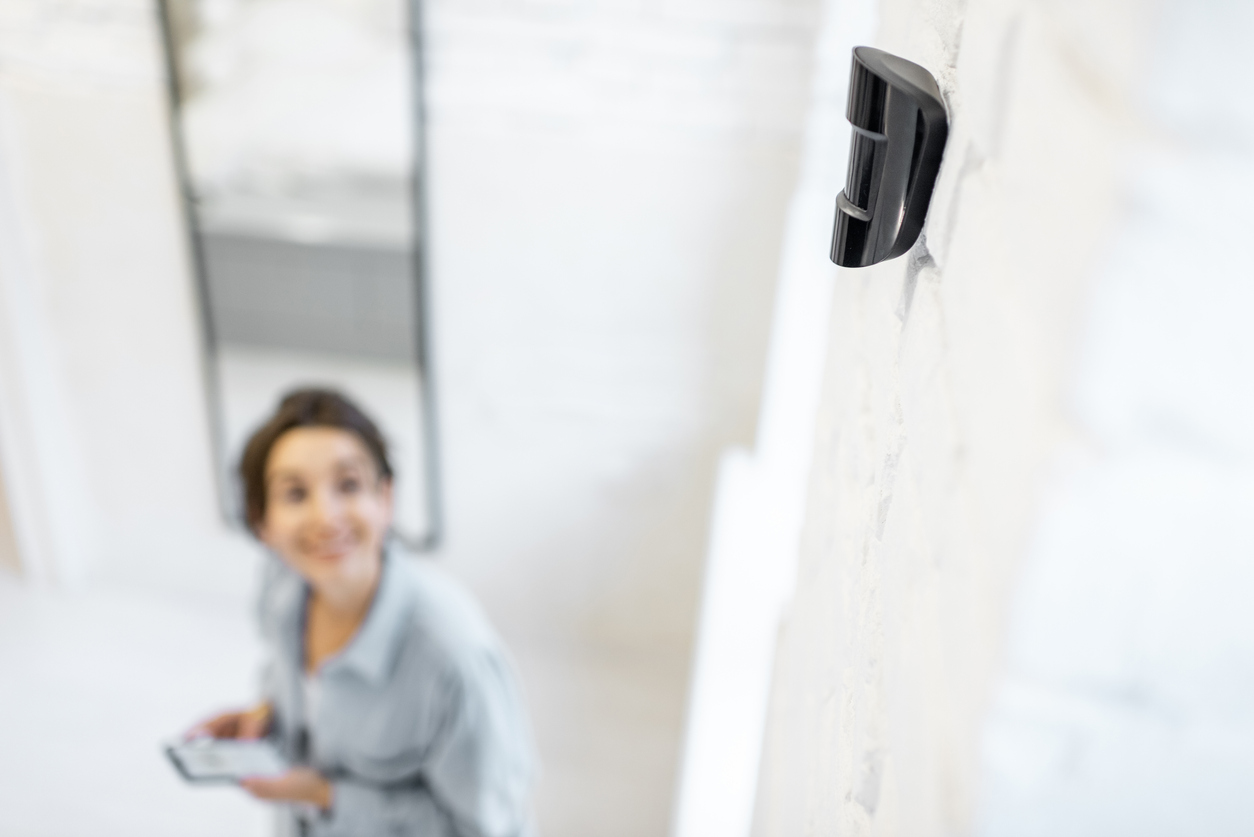

Home Security and Surveillance
Found Motion Detector In Rental Home: What Is This Used For
Modified: March 6, 2024
Discover a motion detector found in your rental home and understand its purpose. Enhance your home security and surveillance with this essential tool.
(Many of the links in this article redirect to a specific reviewed product. Your purchase of these products through affiliate links helps to generate commission for Storables.com, at no extra cost. Learn more)
Introduction
When it comes to home security and surveillance, one of the most essential tools to consider is a motion detector. A motion detector, as the name suggests, is a device that is designed to detect movement within a specific space. These devices have become increasingly popular in recent years due to their effectiveness and versatility in improving home security, as well as their energy-saving capabilities.
Imagine this scenario – you walk into your rental home and notice a small, inconspicuous device mounted near the entrance. Upon closer inspection, you realize that it is a motion detector. You might find yourself asking, “What is this used for? Why is it installed in this rental property?” In this article, we will explore the uses and benefits of motion detectors in homes, including how they can enhance security, save energy, and provide automation and convenience.
Before we dive into the possible applications of motion detectors, let’s first understand the basic concept of how they work. Motion detectors employ various technologies such as infrared, ultrasonic, or microwave sensors to detect any movement within their range. When motion is detected, the sensor triggers a signal that activates a response, such as turning on lights, sounding an alarm, or sending an alert to your mobile device.
The discovery of a motion detector in your rental home indicates that the property owner or management company is serious about your safety and security. It is a proactive measure to deter potential intruders and protect the premises. Additionally, motion detectors are versatile devices that can serve various purposes beyond just home security.
In the following sections, we will explore the possible uses of motion detectors and how they can benefit both homeowners and renters alike. Whether it’s enhancing home security, improving energy efficiency, or adding convenience to your daily life, motion detectors have become an integral part of modern home surveillance systems.
Key Takeaways:
- Motion detectors in rental homes enhance security, save energy, and provide convenience. They detect movement, trigger alarms, and automate lighting, making homes safer and more efficient.
- Landlords install motion detectors to protect tenants and deter intruders. They also offer hands-free entry, energy-saving lighting, and automation, making rental homes safer and more convenient.
Read more: What PIR Motion Detector Is Used For
Definition of a Motion Detector
A motion detector, also known as a motion sensor or movement sensor, is a device that is used to detect and respond to the presence or movement of objects within its range. It is a crucial component of many home security systems and surveillance setups.
There are various types of motion detectors available on the market, each utilizing different technologies to detect motion. The most common types include passive infrared (PIR) sensors, ultrasonic sensors, microwave sensors, and dual technology sensors.
Passive infrared (PIR) sensors are the most commonly used type of motion detector. These sensors detect changes in infrared radiation emitted by objects in their field of view. When an object moves within the sensor’s range, it triggers an electrical signal that activates the desired response, such as turning on a light or sounding an alarm.
Ultrasonic sensors, on the other hand, emit ultrasonic sound waves and detect the changes in the reflected waves caused by moving objects. When an object moves within the sensor’s range, it disrupts the ultrasonic waves and triggers the sensor to respond accordingly.
Microwave sensors, as the name suggests, emit continuous microwave signals and measure the reflections from nearby objects. These sensors are highly sensitive and capable of detecting even the slightest movement within their range. However, they can be susceptible to false alarms caused by environmental factors such as strong winds or moving objects outside the monitored area.
Dual technology sensors combine two different technologies, such as PIR and microwave or PIR and ultrasonic, to improve accuracy and reduce false alarms. By using multiple sensing methods, these sensors can verify the presence of an intruder more reliably.
Motion detectors are typically used in conjunction with other security devices, such as cameras, alarms, and access control systems, to enhance overall security measures. When integrated into a smart home or security system, motion detectors can trigger specific actions or send alerts to homeowners or security monitoring services when motion is detected.
Overall, motion detectors play a critical role in detecting and responding to movement within a specified area. By utilizing advanced technology and reliable sensors, these devices provide an additional layer of security and peace of mind for homeowners and renters alike.
The Discovery of a Motion Detector in a Rental Home
Have you ever walked into a rental home or apartment and noticed a motion detector mounted on the wall or ceiling? It can be surprising to come across this unexpected device, but its presence is actually a positive sign. The discovery of a motion detector in a rental property indicates that the landlord or property management company takes security and your well-being seriously.
When you first notice the motion detector, it’s natural to wonder why it’s there and what its purpose is. Property owners and managers install motion detectors in rental homes for several reasons:
- Enhanced Security: The primary purpose of a motion detector is to improve home security. By installing these devices, property owners can create a deterrent against potential burglars and intruders. Motion detectors are typically placed near entry points, such as doors and windows, and in common areas to monitor movements and trigger appropriate responses.
- Protection of Tenants: Landlords have a responsibility to provide a safe living environment for their tenants. By installing motion detectors, they can enhance the security measures of the property and help protect residents against potential security threats.
- Rapid Response to Emergencies: In the event of a break-in or unauthorized entry, motion detectors can trigger immediate responses, such as sounding an alarm or alerting security services. This ensures that any suspicious activity is detected promptly, giving tenants peace of mind and a sense of safety.
- Monitoring Common Areas: Motion detectors are also commonly installed in common areas of rental properties, such as hallways, stairwells, or parking lots. This allows for better surveillance and can help deter criminal activity, making the entire property safer for all residents.
It’s important to remember that the installation of motion detectors in rental homes is done with the intention of increasing security and protecting tenants. Landlords are taking proactive measures to create a safe living environment for their renters, and the presence of a motion detector is a testament to their commitment.
If you have concerns or questions about the motion detector in your rental home, it’s always a good idea to reach out to your landlord or property manager. They can provide you with more information about the device and explain its purpose and functionalities. Understanding how the motion detector operates and how it contributes to your safety will help you make the most of this added security feature.
In the next sections, we will explore the various possible applications of motion detectors in rental homes, including their role in home security, energy efficiency, automation, and convenience.
Possible Uses for a Motion Detector
Motion detectors are versatile devices that offer a wide range of applications beyond just enhancing home security. Whether you’re a homeowner or a renter, understanding the potential uses of motion detectors can help you make the most out of this valuable technology. Let’s explore some of the common applications:
- Home Security Application: One of the primary uses of motion detectors is to improve home security. These devices can be integrated into a comprehensive security system to detect intruders and trigger appropriate responses, such as sounding an alarm or notifying authorities. Motion detectors are typically placed near entry points, hallways, or windows to monitor movements and provide an additional layer of protection against burglaries or unauthorized access.
- Energy Efficiency and Cost-Saving Applications: Motion detectors can also play a significant role in conserving energy and reducing utility bills. By installing motion-activated lights, you can ensure that lights are only turned on when needed. For example, in a hallway or outdoor area, lights can be set to automatically turn on when motion is detected. This not only eliminates the need for manual switching but also helps conserve energy by ensuring that lights are only activated when someone is present.
- Automation and Convenience Applications: Motion detectors can be used to automate various tasks and enhance convenience in your home. For instance, they can be integrated with a smart home system to trigger actions such as turning on appliances, adjusting thermostats, or opening doors when motion is detected. Imagine walking into a room and having the lights automatically turn on or the air conditioning adjust to your preferred temperature. Motion detectors can make your daily routines more seamless and efficient.
- Occupancy Monitoring: Motion detectors can be utilized to monitor occupancy in different areas of a rental property. In shared spaces like offices, gyms, or common rooms, motion detectors can provide valuable data on room usage and help optimize resource allocation. They can also be used in eldercare settings to monitor the movements of seniors and ensure their safety.
- Outdoor Security: Motion detectors are not limited to indoor applications. They can also be used outdoors to enhance security and provide early detection of any suspicious activity. Outdoor motion-activated lights can illuminate dark areas and act as a deterrent against potential intruders. They can also provide added safety when arriving or leaving your rental property during nighttime hours.
It’s important to determine the specific needs of your rental property or home and select the appropriate type and placement of motion detectors to achieve your desired outcomes. Whether it’s improving security, conserving energy, automating tasks, or monitoring occupancy, motion detectors offer a versatile and effective solution.
That being said, it’s crucial to consider and address any potential privacy concerns associated with the use of motion detectors. This will be discussed further in the next section.
Home Security Application
When it comes to home security, motion detectors play a crucial role in creating a safer and more secure environment. These devices are an integral part of many home security systems, providing an extra layer of protection against burglary and unauthorized access. Here are some key aspects of the home security application of motion detectors:
- Detection of Intruders: Motion detectors are designed to detect any movement or presence of intruders within their range. They can be strategically placed near entry points, such as doors and windows, as well as in hallways or other areas where movement is expected. When motion is detected, the detector immediately triggers a response, such as activating an alarm system or alerting the homeowner or security monitoring service.
- Deterrence Factor: The mere presence of motion detectors can act as a deterrent and discourage potential intruders from entering your home. Burglars look for easy targets, and seeing a motion detector sends a clear message that the property is equipped with a security system and will not be an easy target. This can significantly reduce the risk of break-ins and provide you with peace of mind knowing that your home is being protected.
- Remote Monitoring and Alerts: Many modern motion detectors can be connected to your smartphone or a central monitoring system, allowing for remote monitoring. When motion is detected, you can receive real-time alerts on your mobile device, enabling you to take immediate action, such as contacting the authorities or checking your security camera footage. This feature gives you the ability to stay connected and informed about any potential security threats even when you are away from home.
- Integration with Security Systems: Motion detectors can be seamlessly integrated with other security components, such as cameras, alarms, and access control systems. When motion is detected, the detectors can trigger the activation of these devices, providing you with comprehensive security coverage. For example, if an intruder is detected, the motion detectors can activate the alarms and start recording video footage, capturing crucial evidence that can be used for identification and prosecution.
- Customizable Sensitivity and Settings: Motion detectors come with adjustable sensitivity settings, allowing you to customize their behavior based on your specific needs. For instance, you can set the detectors to only trigger an alarm if the movement is significant, reducing the occurrence of false alarms caused by less significant movement. This ensures that you receive accurate alerts when it really matters, while minimizing unnecessary disturbances.
Overall, the home security application of motion detectors offers a comprehensive solution to protect your home and loved ones. By integrating these devices into your security system, you can enhance the overall effectiveness of your security measures and have greater peace of mind knowing that your home is being actively monitored. It’s important to consult with security professionals or vendors to ensure that you choose the right type and placement of motion detectors to meet the specific security needs of your home.
If you found a motion detector in your rental home, it may be used for security or to control lights. Check with your landlord to confirm its purpose and operation.
Read more: What Is The Best Motion Detector
Energy Efficiency and Cost-Saving Applications
Aside from their role in home security, motion detectors also have significant applications in energy efficiency and cost-saving measures. By incorporating motion-detected lighting and appliances into your rental home, you can reduce energy waste and lower utility bills. Here’s how motion detectors contribute to energy efficiency:
- Motion-Activated Lighting: Installing motion-detected lighting in various areas of your rental property ensures that lights are only turned on when needed. For example, in hallways, bathrooms, or closets, where people often enter and exit quickly, motion detectors can automatically turn on the lights when someone enters the space and turn them off when no motion is detected for a specified period of time. This eliminates the need for occupants to manually switch lights on and off, reducing energy waste and extending the lifespan of light bulbs.
- Outdoor Lighting: Motion-activated lighting is also beneficial for outdoor areas such as gardens, driveways, or pathways. By installing motion detectors, the lights can illuminate the area only when motion is detected, providing enhanced safety and security while minimizing unnecessary energy consumption.
- Smart Thermostats and HVAC Systems: Motion detectors can be integrated with smart thermostats or HVAC systems to optimize energy usage. When motion is detected in a room, the thermostat can automatically adjust the temperature to a comfortable level, ensuring energy is not wasted in unoccupied areas. This feature is particularly useful in rooms that are frequently used throughout the day, such as living rooms or home offices.
- Appliance Control: Motion detectors can also be utilized to control various appliances in your rental home. For example, you can connect motion detectors to devices such as fans, televisions, or computer monitors, allowing them to power on or off based on detected motion. This eliminates the need for occupants to remember to turn off appliances when leaving a room, resulting in energy savings and reducing your carbon footprint.
- Occupancy Sensing and Automation: In addition to lighting and appliances, motion detectors can also be used to automate other energy-consuming devices or systems. For instance, they can be integrated with automatic blinds or shades, which can be programmed to open or close based on detected motion or daylight levels, maximizing natural light and reducing the need for artificial lighting.
By implementing energy-efficient measures with the help of motion detectors, you can significantly reduce energy waste, lower your carbon footprint, and ultimately save on utility bills. It’s worth considering these applications in your rental property to create a more sustainable and cost-effective living environment for yourself and your tenants.
Always consult with professionals or vendors to ensure the proper installation and configuration of motion detectors to achieve the desired energy-saving outcomes. By taking advantage of these capabilities, you can make a positive impact on the environment while enjoying the benefits of reduced energy consumption and lower costs.
Automation and Convenience Applications
Motion detectors aren’t limited to just security and energy efficiency—they also offer exciting automation and convenience applications that can enhance your rental home experience. By incorporating motion detectors into your living space, you can introduce a new level of comfort, efficiency, and convenience. Here are some of the key automation and convenience applications of motion detectors:
- Lighting Automation: Motion detectors can be used to automate your lighting system, creating a truly hands-free experience. As you enter a room or walk through a hallway, the motion detectors will detect your movement and automatically turn on the lights. Conversely, when you leave the area and no motion is detected for a configured period, the lights will automatically turn off. This eliminates the need to fumble for light switches or worry about forgetting to turn off the lights after leaving a room.
- Hands-Free Entry: Motion detectors can be integrated with smart door locks or access control systems to enable hands-free entry into your rental property. As you approach the door, the motion detectors detect your presence and signal the door to unlock, allowing you to enter without fumbling for keys or inputting a code. This feature is particularly convenient when your hands are full with groceries or other items.
- Automatic Appliances: With motion detectors, you can automate various appliances in your rental home. For example, motion detectors can be connected to your entertainment system, allowing it to power on and off when you enter or exit the room. Similarly, you can use motion detectors to turn on coffee makers, air purifiers, or other devices as you enter the kitchen or living area.
- Smart Home Integration: Motion detectors can be seamlessly integrated with a smart home ecosystem, allowing for advanced automation and convenience. By connecting the motion detectors to a central hub or smart home assistant, you can create custom routines and scenarios. For instance, when motion is detected in the morning, the lights can gradually brighten, the coffee maker can start brewing, and your favorite morning playlist can begin playing, all without any manual intervention.
- Automated Security System Control: When integrated with a comprehensive security system, motion detectors can automate various security measures. For example, they can be configured to arm the security system when no motion is detected for a specified duration. This ensures that the system is always active when the home is unoccupied, without requiring manual arming and disarming.
The automation and convenience applications offered by motion detectors provide a seamless and effortless living experience. By reducing the need for manual intervention and streamlining various tasks, motion detectors allow you to focus on other aspects of your daily life. When combined with other smart home devices, motion detectors become an integral part of creating a truly intelligent and responsive living environment.
Before implementing any automation or convenience applications, ensure that you consider the preferences and habits of yourself and your tenants. It’s important to strike a balance between automation and personal control to ensure that the technology enhances the living experience without becoming intrusive.
With motion detectors and a smart home ecosystem, you can transform your rental property into a truly modern and convenient living space, providing you and your tenants with enhanced comfort and efficiency.
Potential Concerns and Privacy Issues
While motion detectors offer numerous benefits and applications, it’s essential to consider and address potential concerns and privacy issues associated with their use. Here are some key considerations:
- Privacy Invasion: Motion detectors are designed to detect movement within their range, which means they can potentially capture the movements and activities of individuals within their vicinity. To ensure privacy, it’s crucial to use motion detectors responsibly and with respect for the rights and privacy expectations of tenants. Clear communication between landlords and tenants regarding the presence and purpose of the motion detectors can help alleviate privacy concerns and establish trust.
- Data Security: Motion detectors that are connected to a network or part of a smart home system may store data or transmit information. It’s important to ensure that proper measures are taken to secure the data and protect it from unauthorized access or misuse. Employing encryption and following best practices for network security can help safeguard sensitive information.
- False Alarms: Motion detectors are sensitive to movement, which means they can potentially trigger false alarms. Environmental factors such as strong winds, pets, or other non-threatening movements might cause the detectors to activate. To mitigate false alarms, it’s important to properly configure the sensitivity settings and regularly test the detectors to ensure they are functioning accurately.
- Tenant Notification: Landlords should inform tenants about the presence and purpose of motion detectors in rental properties. Providing clear explanations of why these devices are installed, how they operate, and what data is collected (if applicable) can help ease concerns and ensure transparency. Keeping an open line of communication with tenants allows them to voice any privacy concerns they may have and enables a resolution to be reached collaboratively.
- Compliance with Legal Regulations: Different jurisdictions have varying laws and regulations regarding the use of surveillance devices and the collection of personal data. It is important for landlords and property owners to familiarize themselves with local privacy laws and comply with any applicable legal requirements. Consultation with legal professionals can help ensure compliance and prevent potential legal issues.
Addressing these potential concerns and privacy issues helps create a balanced approach to the use of motion detectors in rental properties. By implementing responsible practices, ensuring transparency, and respecting privacy rights, landlords can maintain a safe and secure environment while fostering trust and privacy for their tenants.
Taking these considerations into account, motion detectors can be effectively used in rental homes and apartments to enhance security, improve energy efficiency, and provide automation and convenience without compromising privacy.
Conclusion
Motion detectors are invaluable tools that enhance the security, energy efficiency, and convenience of rental homes. These versatile devices offer a range of applications that benefit both homeowners and renters alike. From improving home security by detecting intruders and triggering alarms to conserving energy by automating lighting and appliances, motion detectors have become an integral part of modern home surveillance systems.
Discovering a motion detector in your rental home signifies that your property owner or management company is committed to your safety and security. These devices serve as deterrents and provide rapid response capabilities, ensuring that potential threats are detected and dealt with promptly. Motion detectors also offer convenience and enhance daily living by automating tasks, such as controlling lighting, managing appliances, and providing hands-free entry.
While enjoying the benefits of motion detectors, it’s important to address potential concerns and privacy issues. Open communication between landlords and tenants about the purpose and presence of motion detectors foster trust and ensure privacy expectations are met. Proper configuration, sensitivity settings, and adherence to legal regulations support responsible use and mitigate false alarms or privacy breaches.
As technology continues to advance, motion detectors will evolve, offering even more sophisticated features and seamless integration with smart home systems. This progress will further enhance home security, energy efficiency, and convenience for both homeowners and renters. It is crucial for property owners, management companies, and tenants to stay informed about new developments and regulations to make informed decisions about the use of motion detectors in rental properties.
In conclusion, motion detectors are valuable tools that enhance the security, energy efficiency, and convenience of rental homes. Their applications go beyond just detecting motion; they provide a sense of safety, reduce energy waste, and automate various tasks to simplify daily life. By understanding their uses and addressing potential concerns, motion detectors can be effectively utilized to create a secure, efficient, and enjoyable living environment for all.
Frequently Asked Questions about Found Motion Detector In Rental Home: What Is This Used For
Was this page helpful?
At Storables.com, we guarantee accurate and reliable information. Our content, validated by Expert Board Contributors, is crafted following stringent Editorial Policies. We're committed to providing you with well-researched, expert-backed insights for all your informational needs.
